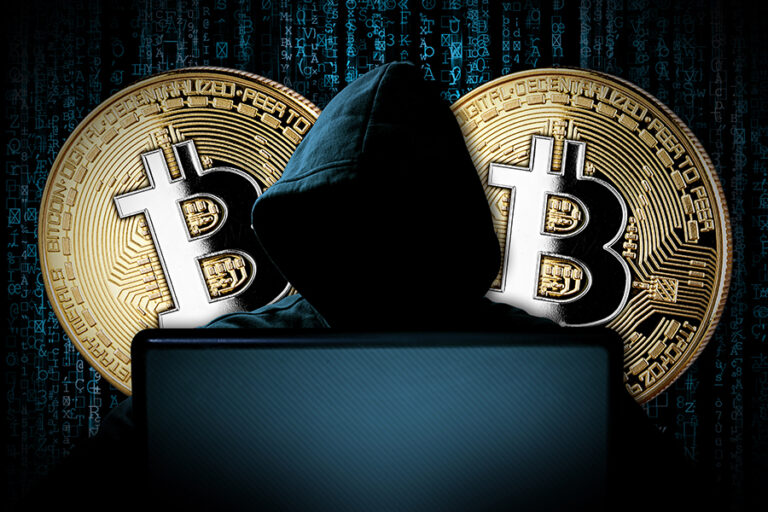
In the ever-evolving landscape of cybersecurity threats, hackers are constantly devising new techniques to exploit unsuspecting victims. One such method that has recently emerged involves the use of fake gas tokens to manipulate transactions and steal funds from cryptocurrency wallet users. These sophisticated attackers take advantage of users’ trust in the gas token system and exploit their lack of awareness regarding the potential dangers. This article aims to shed light on this alarming trend, explain how it works, and provide practical tips to stay safe in the face of this emerging threat.

Understanding Gas Tokens and their Importance
Before delving into the nefarious activities of hackers, it is essential to grasp the concept of gas tokens and their significance in the cryptocurrency ecosystem. In blockchain networks like Ethereum, gas refers to the computational effort required to perform operations or execute transactions. Gas tokens, on the other hand, are special tokens that allow users to store gas for future use. This feature enables individuals to optimize transaction fees and reduce costs when interacting with decentralized applications (DApps) or executing smart contracts.
The Deceptive Tactics of Hackers
Hackers exploit the trust users place in gas tokens by creating fake tokens that mimic their legitimate counterparts. These counterfeit gas tokens are then utilized to manipulate transactions and deceive unsuspecting victims. The first step in this elaborate scheme involves hackers initiating a fake confirmation process that appears genuine to the user. This false confirmation leads users to believe that their transaction has been successfully executed.
However, unbeknownst to the user, the hacker is simultaneously executing a cancelation using the fake gas token. By canceling the user’s transaction with the fraudulent token, the hacker effectively nullifies the initial confirmation, making it appear as if the transaction never took place. As a result, the user is lured into believing that their funds are still available in their wallet.
The High-Fee Trap
Once the user falls into the hackers’ trap, the next phase begins. Exploiting the users’ belief that their funds are accessible, the attackers entice them into re-initiating the transaction, often with significantly higher gas fees. The rationale behind this deceptive tactic is to create a sense of urgency and pressure the user into paying exorbitant fees to secure their supposed funds.
Sadly, unaware of the malicious intent behind this request, many users comply, willingly paying the elevated fees in hopes of reclaiming their funds. However, instead of recovering their assets, the victims fall prey to the hackers’ scheme, as their hard-earned cryptocurrencies end up in the attackers’ wallets.
Protecting Yourself from Gas Token Scams
In the face of this emerging threat, it is crucial for cryptocurrency wallet users to take proactive measures to safeguard their funds. Here are some practical tips to help protect against gas token scams:
- Stay Informed: Keep yourself updated with the latest cybersecurity news and trends related to the cryptocurrency industry. By staying informed, you can better identify potential threats and take necessary precautions to protect your assets.
- Verify Token Authenticity: When interacting with gas tokens or any other cryptocurrency-related tokens, always verify their authenticity. Conduct thorough research, check official sources, and consult reputable forums or communities to ensure the legitimacy of the tokens you plan to use.
- Exercise Caution: Be wary of unsolicited messages, emails, or links that request you to perform transactions or confirmations. Hackers often employ phishing techniques to deceive users and gain access to their wallets. Always double-check the source and legitimacy of any requests before taking action.
- Use Trusted Platforms and Wallets: Stick to well-established cryptocurrency platforms and wallets that have a proven track record of security. Research and choose platforms that prioritize user protection and have robust security measures in place.
- Enable Two-Factor Authentication (2FA): Implementing 2FA adds an extra layer of security to your cryptocurrency wallet. By requiring a second verification step, such as a unique code sent to your mobile device, 2FA reduces the risk of unauthorized access to your funds.
- Beware of Unrealistic Promises: Be cautious of any offers or schemes that promise unrealistic returns or benefits. Scammers often exploit users’ greed or desire for quick profits. Remember, if something appears too good to be true, it probably is.
By adopting these best practices and maintaining a vigilant approach, you can significantly reduce the risk of falling victim to gas token scams or any other cryptocurrency-related fraud.
In conclusion, hackers are employing fake gas tokens to cancel users’ confirmations and manipulate transactions to steal funds from cryptocurrency wallet users. It is vital for users to stay informed, exercise caution, and implement necessary security measures to protect their hard-earned assets. With the rapid advancement of technology, users must remain vigilant to counter the evolving threats posed by cybercriminals and safeguard the integrity of the cryptocurrency ecosystem.